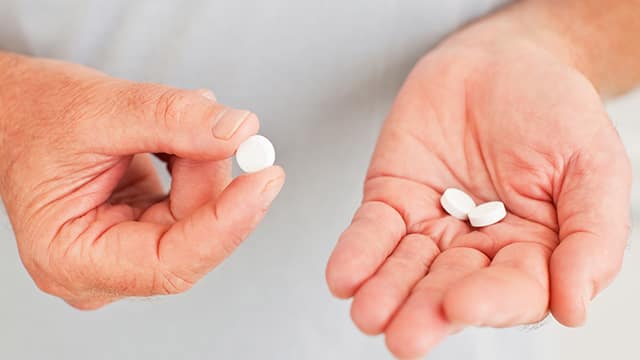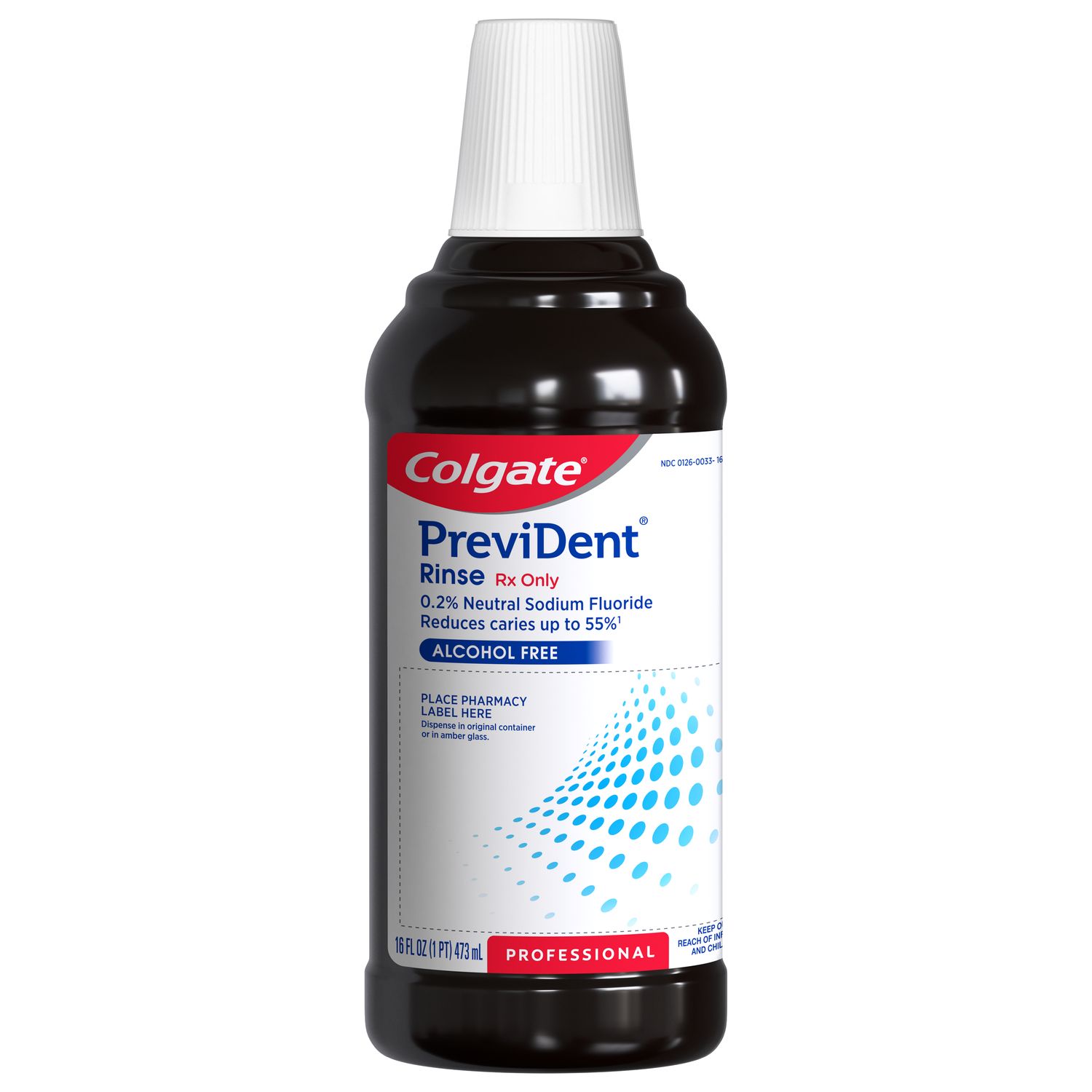What Are The Antibiotics Used In Dentistry?
There's an assortment of antibiotics that dentists regularly prescribe to their patients for this treatment. The most common include:
- Amoxicillin
- Azithromycin
- Cephalexin
- Clindamycin
- Penicillin
The most popular is likely penicillin or amoxicillin. It's not uncommon for some patients to need something stronger or may be allergic to those two. In that case, cephalexin or clindamycin could be prescribed. Azithromycin is helpful when a sinus infection is causing tooth pain. If there's an infection that's severe or in a unique location, a combination of antibiotics may be required.
When Are Antibiotics Needed?
Your mouth is full of bacteria: some good, some bad. When the harmful bacteria spreads and turns into infections, antibiotics are used to stop bacteria growth. According to the American Academy of Pediatric Dentistry, sometimes a dentist prescribes prophylactic antibiotics before treatment to prevent typical mouth bacteria from creating infections. Those with the following conditions may require prophylaxis:
- Heart problems
- Compromised immune system
- Catheter
- Shunt
- Prosthetic joint
When there's an infection that could disrupt the healing process, antibiotics are prescribed after the treatment.
What Are The Dosages And Side Effects Of Common Antibiotics?
There are a few variables when it comes to the antibiotic dosage. Those include:
- Type of infection
- Severity of infection
- Strength of antibiotic
- Frequency of the dose
- Dosage found to be most effective
Side effects aren't typical reactions, but they're not uncommon either. Those include:
- Nausea
- Dizziness
- Vomiting
- Allergic reaction (always inform your dentist of all known drug allergies)
What Are My Home Care Options?
Brushing and flossing help battle bacteria buildup that could lead to infections. But an antibacterial mouthwash can help rinse away and eliminate bacterial infections before your procedure.
The best name to rely on when it comes to dental antibiotics is your dentist's name. They'll explain why one antibiotic is better than another, when to take it, and how much. And that's something to smile about.
ORAL HEALTH QUIZ
What's behind your smile?
Take our Oral Health assessment to get the most from your oral care routine
ORAL HEALTH QUIZ
What's behind your smile?
Take our Oral Health assessment to get the most from your oral care routine















